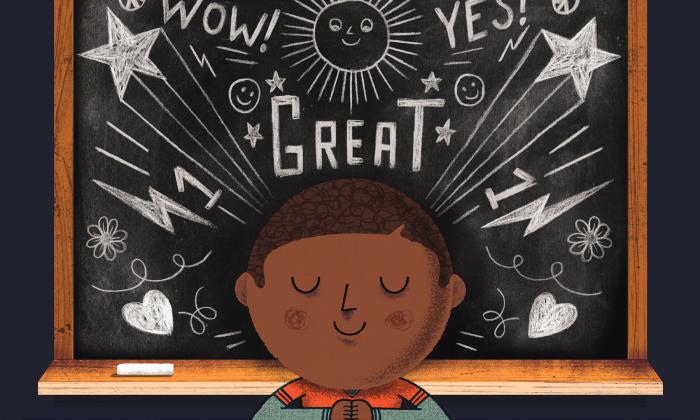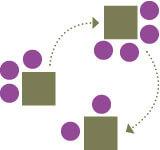Mindfulness
The results of a recent study about the effectiveness of mindfulness has teachers redefining quiet time.

Mindfulness means sitting silently and paying attention only to the present moment, without thinking about the past or worrying about the future. The Greater Good Science Center at UC-Berkeley says studies show that mindfulness
- can change the structure of our brains.
- can tune out distractions and help us focus.
- can make us more likely to help someone in need.
- can boost self-compassion.
- can improve our ability to pay attention.
What does it look like in a classroom?
Reserve two minutes during the day to invite students to close their eyes and focus their attention on breathing in and out. Practicing mindfulness promotes reflection, self-regulation and caring for others—all attitudes that add to positive classroom culture.
A Little Meditation Goes a Long Way
Classroom Setup
Without saying a word, classrooms send messages about diversity, relationships, communication and power.
PHYSICAL SPACE
Arrange classroom seating to support collaboration, foster dialogue, encourage ownership and ensure comfort.
CLASSROOM A
SMALL GROUPS
encourage participation and allow students to share learning.

CLASSROOM B
A CIRCLE
encourages dialogue and shared learning.

CLASSROOM C
STATIONS
emphasize individual tasks and support collaboration.

Student Talk
POSE A QUESTION
Stand back and observe as students find the solution.
THINK-PAIR-SHARE
Give students the chance to speak.
ASK THREE BEFORE ME
Encourage students to support each other.
SOCRATIC SEMINAR
Structure student discussions to promote dialogue instead of debate.
Critical Engagement
Kids engage most critically when they feel free to question, form and challenge opinions, and to feel outrage or inspiration. Here are three strategies to get you started.

1. Step off the Stage
When students own the content, they question, challenge and form opinions as they create understanding. It can seem messy, and that’s OK.
2. Ask Open-ended Questions
DO: What more do you need to know to complete your persuasive letter?
DON’T: Do you have all the information you need to complete your persuasive letter?
3. Read Against the Grain
Encourage students to analyze the dominant reading and explore an alternative reading. Examine gaps, silences and contradictions.
Resistant Reading of Lord of the Flies
DOMINANT READING
- A group of people cannot be left to rule themselves successfully.
- Human nature is self-interested—not concerned about the good of others.
- The strong survive to dominate the weak.
FEMINIST READING
- The failure to create a functional society on the island is due to the absence of female characters.
- How would the story be different if female characters had been included?
- The single-gendered narrative shows a power-hungry, dominant culture and represents a weakness in human nature.